BLOG
|
|
Today’s mobile technology and on-the-move lifestyles are stressing our eyes. Frequent gaze changes to and from smart devices can lead to eyestrain. ZEISS SmartLife Lenses are specially designed to support quick and easy peripheral vision for all-day comfort. What is ZEISS SmartLife? ZEISS SmartLife is a complete premium lens portfolio for consumers of all ages. In addition to offering tailor-made corrective solutions, the lenses are designed for modern, dynamic, connected and on-the-move lifestyles and the associated visual behavior. ZEISS SmartLife was designed using the latest scientific knowledge and innovations. The core technology used in the ZEISS SmartLife range is called ZEISS SmartView technology. These cutting-edge innovations can be attributed to ZEISS's know-how and tried-and-tested technologies. ZEISS SmartView technology consists of four cornerstones: 1. Smart Dynamic Optics = ZEISS uses state-of-the-art 3D object-space-models and design fingerprints adapted to today’s dynamic visual behavior. Smart Dynamic Optics is the fundamental design concept used in ZEISS SmartLife Lenses. The design is based on binocular vision for today’s dynamic visual behavior. The key consideration is the relationship between the inclination (today the lower lens area is used more often) and the object distance/ viewing distance (which has become increasingly closer for the lower lens area). A three-dimensional object-space model is used to design the lens, which takes into account the distance, direction and inclination in relation to the spectacle lens within. This is the first time that ZEISS has used this three-dimensional model for single vision lenses, too, enabling ZEISS SmartLife to provide optimal near and far-distance vision for this group of consumers Next to the three-dimensional object-space-model, ZEISS SmartLife Digital and Progressive lenses use new design fingerprints (distribution of the vision zones). Both the three-dimensional object-space-model and the new design fingerprint takes the dynamic visual behavior from near to far into account which leads to a smoother transition into the lens periphery with less perceived blur. 2. Age Intelligence = considers the evolving vision needs in every age of the lens wearer. Today's lifestyle is the same for people of all ages, just like the desire to see well. However, the eye and visual capabilities change continuously with age. There are two main factors:
Further optical optimization is done based on the average pupil size of a person's age group. As we age our pupil's ability to dilate decreases. For optimization of the lens surface, ZEISS factors in the age-specific pupil size to determine average luminance throughout the day - this is called ZEISS Luminance Design Technology 2.0. 3. Clear Optics = Maximum precision with an advanced eye lens system, point-by-point lens calculation and the latest freeform technology. This is achieved with:
4. Thin Optics = Best balance between optics and thin and light lenses Enabled by the ZEISS thickness optimization algorithm, thin & lightweight lenses are based on:
How will ZEISS SmartLife benefit consumers? ZEISS SmartLife Lenses provide consumers with a personalized solution designed for modern, on-the-move and connected lifestyles. Clear and simple communication enables consumers to come to an informed decision. Performance and consumer acceptance tests have also highlighted additional benefits for the whole portfolio or for single categories:
credits:
https://www.zeiss.com/vision-care/us/for-eye-care-professionals/products/eyeglass-lenses/smartlife-lenses.html#smart https://www.zeiss.com/vision-care/int/about-us/newsroom/news-overview/2019/zeiss-smartlife-fact-sheet.html
0 Comments
Leave a Reply. |
EYE GEN
est. 2011 Archives
June 2020
Categories |

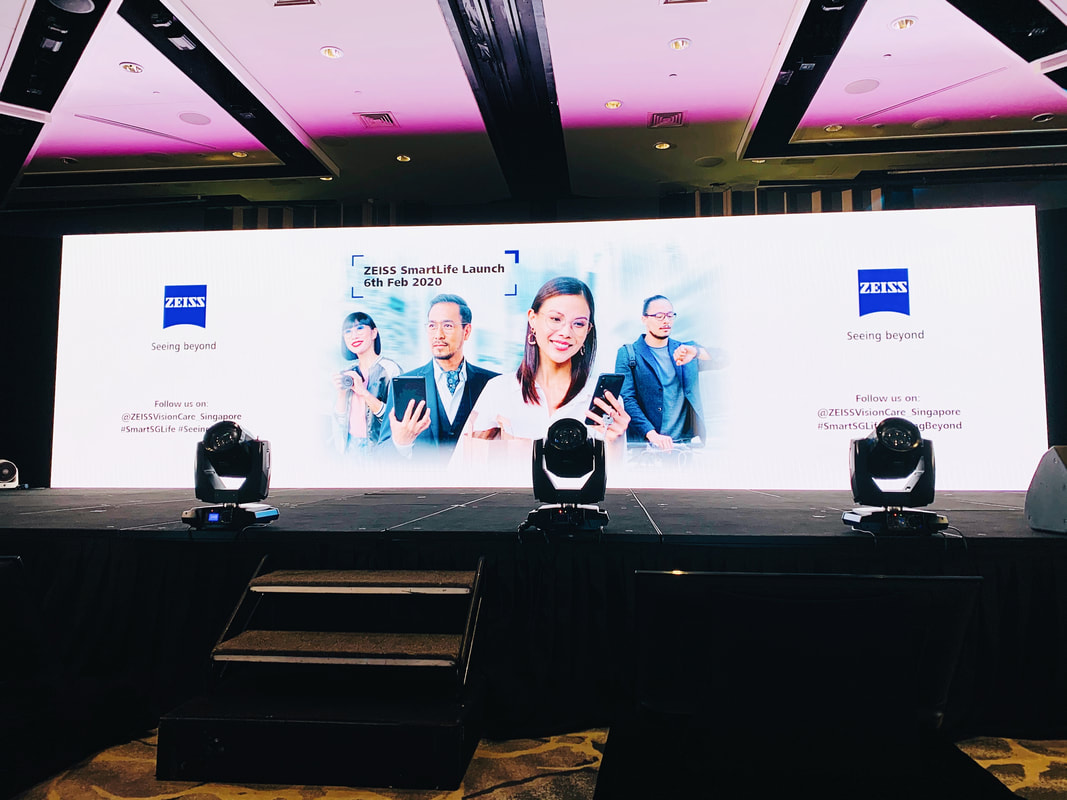
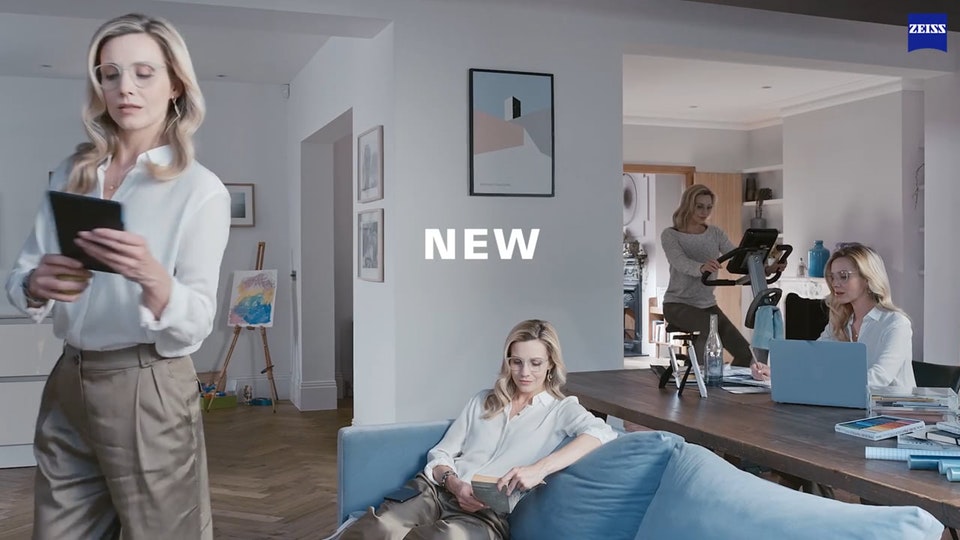
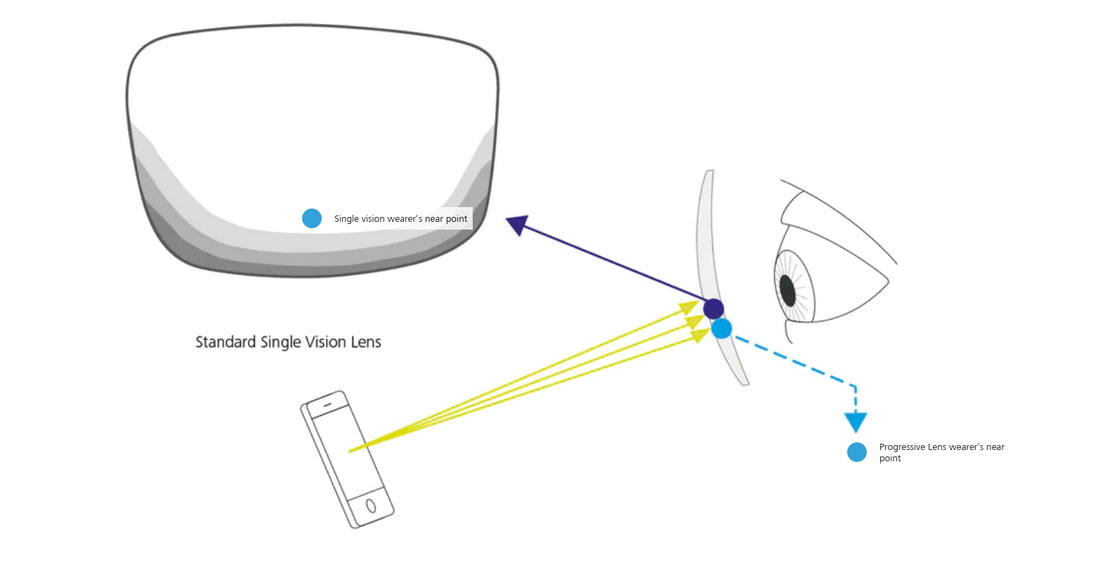
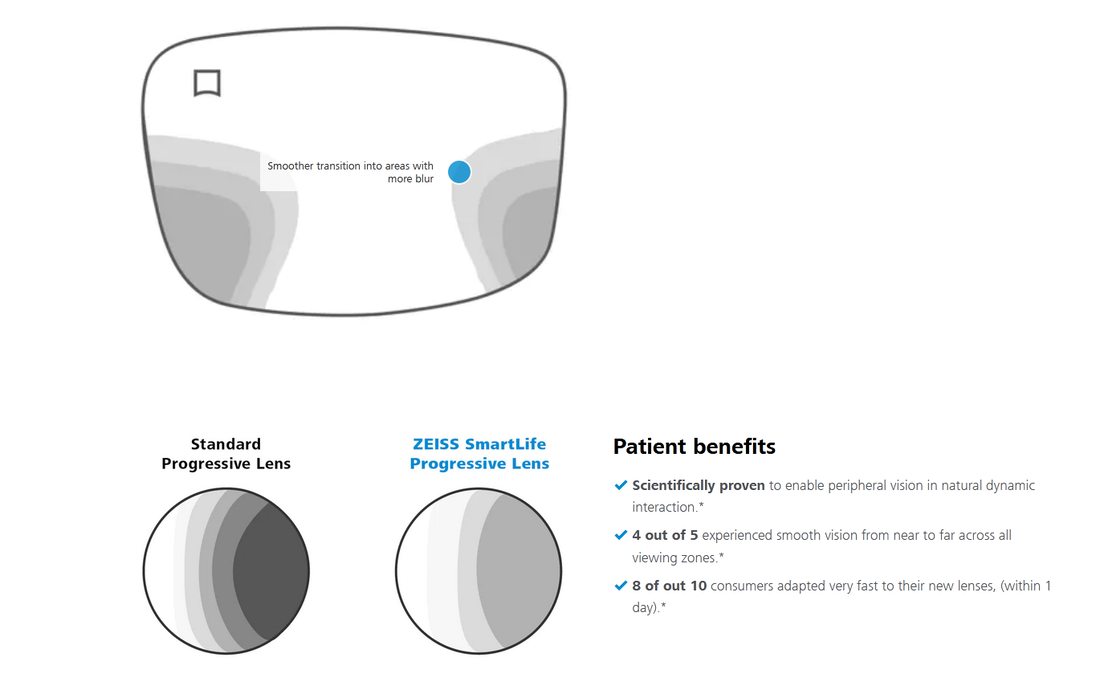
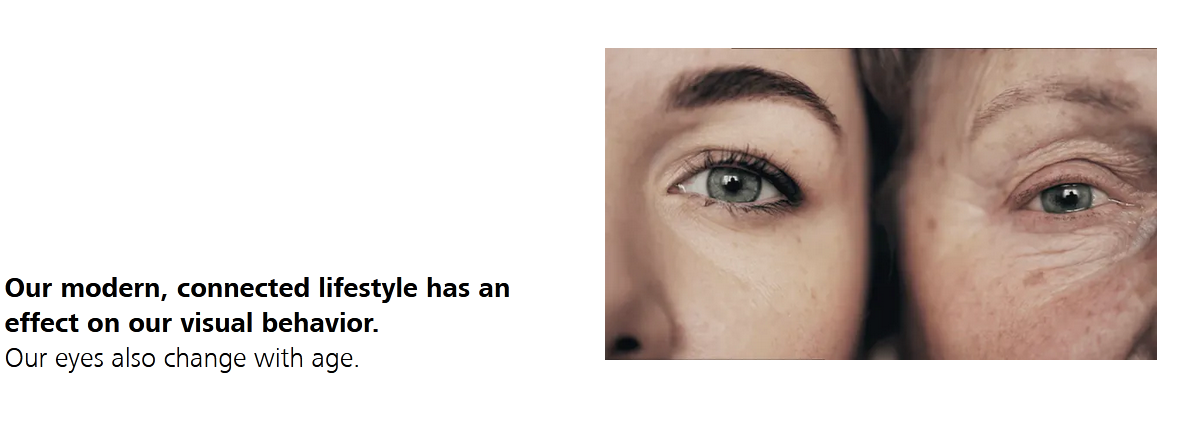
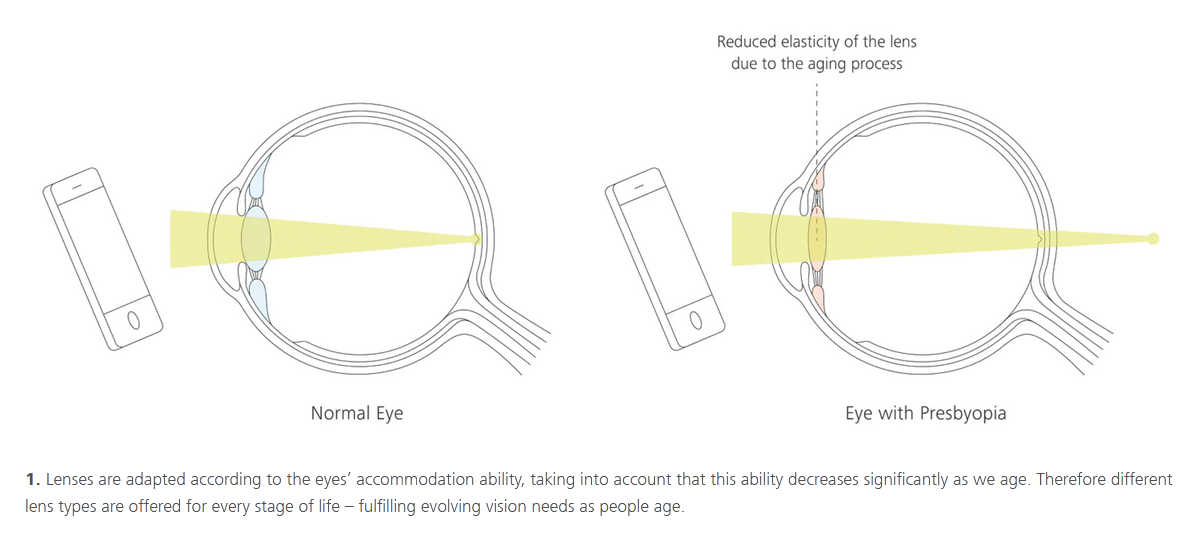
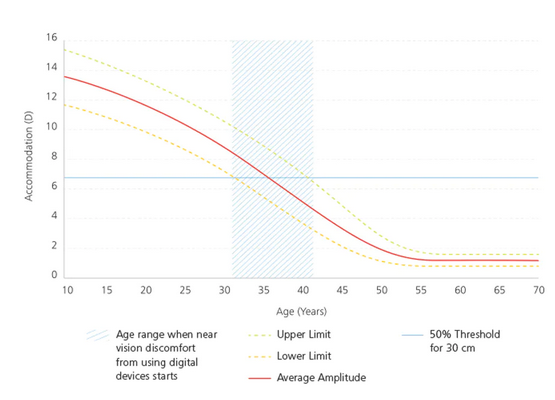
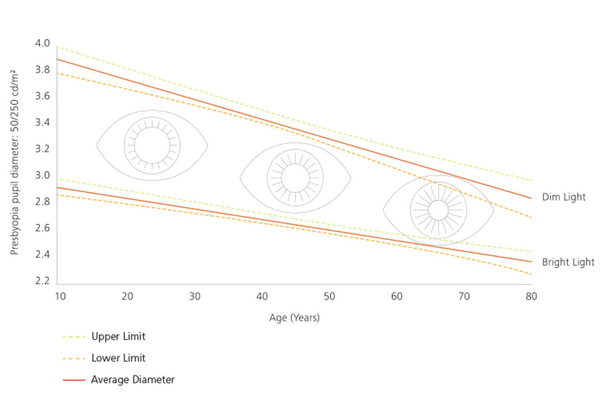





 RSS Feed
RSS Feed
